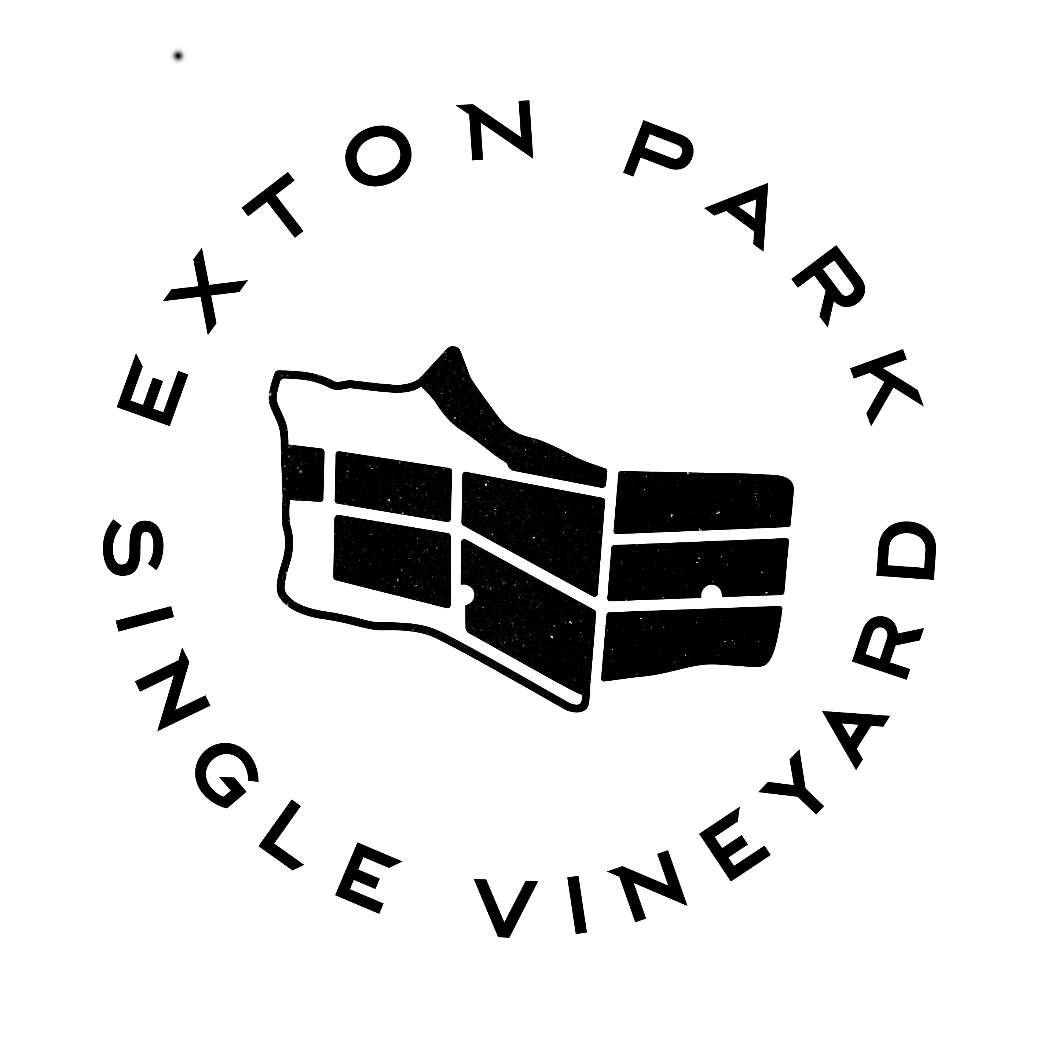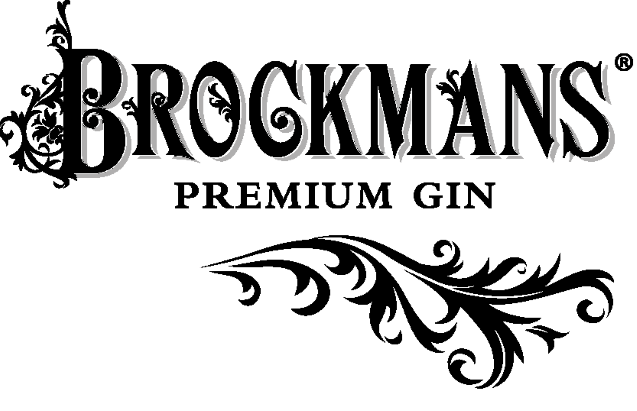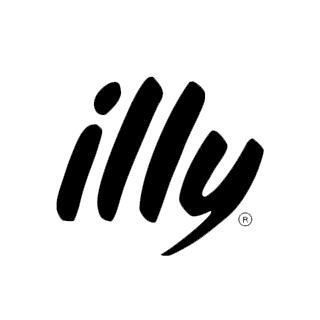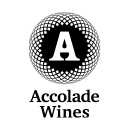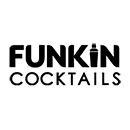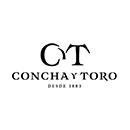CEO INTERVIEW: TROY CHRISTENSEN
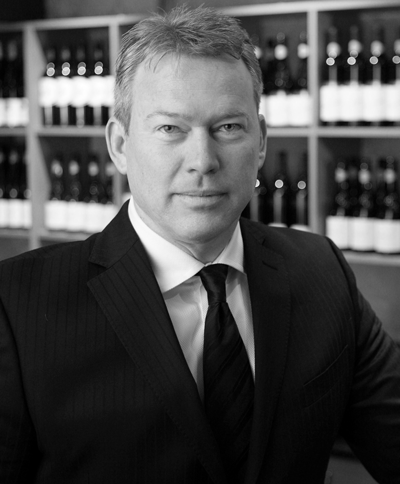
“In the latest of our CEO interviews, Cesium Group – in association with the drinks business – speaks to drinks distributor Enotria&Coe’s CEO Troy Christensen.”

Paul: Great news on the recent acquisition of Coe Vintners and the move to a composite offering. What does this mean for Enotria going forward?
Troy: Over the past year and a half that I’ve been with Enotria, we’ve been working to grow the business, while still maintaining our premium position in the market. We invested in a new warehouse which doubled our capacity, upgraded our systems and processes and then sought to find a business to acquire that had similar position and ethos as Enotria. Coe was a great fit because it had a similar focus on customer service, a great portfolio of premium products and had positioned itself as a category leader through its channel activation. Both businesses really believe that premium wine and spirits are instrumental in driving the best consumers to our customers and that we can help our customers optimise their beverage alcohol portfolio through consumer engagement, which ultimately is going to make them much more successful. It was clear, from the beginning of the integration process, that both businesses were very much aligned when it came to culture, methodology and structure – even with the different portfolio focus for each business via wine and spirits. We’ve spent the last six months preparing for the launch of our new composite business, with the goal of not only being able to provide the same great level of the service each company excelled at individually, but collectively maximise each portfolio for the benefit of our customers.
Paul: That makes sense with already having the route-to-market in place and now incorporating the additional SKUs. I noticed in the press Enotria have brought on board a number of Masters of Wines recently. Jon Pepper and Junior Dirceu being key examples, is this part of a broader strategy towards a premiumisation of your portfolio?
Troy: It is, but it’s also about understanding our portfolio and how it fits by channel. Historically, Enotria’s had a very passionate sales force who had a great empathy towards wine. They loved selling the wines they loved, but at times, missed the channel specific customer and consumer requirements. Jon Pepper is an MW and he also has a strong marketing background and he has helped us to develop a unique and bespoke channel segmentation model that matches the right service and products to the right customers. For example, in the food-led channel alone we have identified three distinct segments: fine dining, premium-casual dining and mainstream casual dining. There’s a clear understanding that each of these channels have specific account and consumer challenges, and business requirements from both wine and spirits.
Jon’s been working on defining how each product in our portfolio fits into the individual channels, and ensuring we have the broadest range of country of origin, price-points and varietals – and also ensuring that each wine has a ‘reason for being’. Junior, meanwhile, is a bit of the Yin to Jon’s Yang. He is a passionate and creative wine professional, but one who has spent time in sales, so he is very commercial. I have never seen someone so effective at captivating and holding an audiences attention – he is great at encouraging people to explore in the wide world of wine. Junior excels at finding unique, interesting and emerging products, whilst always being very aware that they must have commercial relevance in order to be introduced into the portfolio at Enotria & Coe. In summary, Jon’s role is the overall portfolio strategy and execution, and Junior pushes the boundaries with new, creative selections that gives us some ‘spice’ – some extra interesting items within the portfolio.
I would say that our aspiration is to help drive sustainable trends within the categories. The industry likes to talk about the new and interesting things in wine, but gatekeeper interest frequently does not translate into a successful category and product trend. For example, an item gets some press exposure and is put on a wine list, but then it doesn’t get sold through and the industry is already moving onto the next new thing without creating a sustainable product. Despite the industry interest, we have not made the consumer aware or engaged enough to drive the product or category. This same paradigm also happens with spirits, but they do a better job investing in brands and creating interest and categories. I believe that brands are better built in the on-trade, but not necessarily organically. It takes strong focus, execution and coordination between supplier, distributor and outlet. If we can work together to get the right product in front of the consumer, and engage them, we can build the trends and the brands that support everyone in the industry. If we can work together to help build the category, engage the consumer and sell on something other than just price, this will benefit everyone – the customers, the consumers and the suppliers. This is our aspiration, to be the category ambassadors for premium spirits and wines.





